"When it comes to successful eLearning design, everybody should agree that there’s no such thing as too much information about how the human brain operates. It’s wired for social learning. Our respective environments actually shape our brains and the rest of our bodies."
Get Started for FREE
Sign up with Facebook Sign up with X
I don't have a Facebook or a X account
 Your new post is loading... Your new post is loading...
 Your new post is loading... Your new post is loading...
Gary Harwell's curator insight,
January 6, 2014 12:08 AM
Competency based education is a great idea but can it be used in a traditional classroom setting?
Gary Harwell's curator insight,
January 6, 2014 12:08 AM
Competency based education is a great idea but can it be used in a traditional classroom setting?

Jo Blannin - The Know Tech Teacher's curator insight,
November 21, 2013 12:48 AM
Great ways to use game-making in education - I love using MineCraft with the senior primary students. It really brings maths into engineering and science! 
Kristina Cook's curator insight,
November 21, 2013 10:56 AM
I chose this article because my partner likes minecraft. It relates because it entertains my partner.

davidconover's curator insight,
August 30, 2013 8:04 AM
I look forward to sharing this game with my students. I wonder what their comments will be. 
Amélie Silvert's curator insight,
August 30, 2013 11:10 AM
Defining moral dilemnas, finding solutions and discussing. Collaborative work. Why not give it a try?

Mina Valai's curator insight,
September 15, 2014 2:54 PM
6 easy steps to follow when designing a new class.

Ryan McDonough's curator insight,
July 7, 2014 5:55 PM
Covering the pros and cons of gaming, at least in the minds of some educators. I've covered the pros in depth here, so I'll review the concerns here. Some feel like violence in games can be a poor influence on impressionable children. Opponents claim that kids play games at home so why should they play them at school? Difficulty monitoring online activity; funding and resource allocation are also major reasons some are apprehensive over video games in school. Do I personally agree with them? No. But I was also raised in an environment that nurtured my love for gaming. Some of these questions should merit constructive conversations at the next faculty/staff meeting. 
Pandawami29's curator insight,
October 31, 2014 11:49 AM
This little chart shows us the pros and cons of using video games for educational purposes. Also the background is from the mario games. |

eclat's curator insight,
December 30, 2013 11:15 AM
Подтверждение того, что инфографика - должна быть важной составной частью обучения, в том числе в системе последипломного образования

TopMBA's comment,
December 5, 2013 1:48 PM
Great scoop! You may also enjoy this article: http://www.topmba.com/blog/online-game-offers-scholarship-route-simon-mba-mba-news

TopMBA's comment,
December 5, 2013 1:48 PM
Great scoop! You may also enjoy this article: http://www.topmba.com/blog/online-game-offers-scholarship-route-simon-mba-mba-news

TopMBA's comment,
December 5, 2013 1:48 PM
Great scoop! You may also enjoy this article: http://www.topmba.com/blog/online-game-offers-scholarship-route-simon-mba-mba-news
Florence HENCKE's comment,
August 9, 2013 3:10 AM
Thank you for this infographic and the sources you used, the importance of having fun while learning seems to increase in education. Good news !

Ines Evaristo's curator insight,
August 21, 2013 6:53 PM
Una buena infografía que resume estudios con resultados del efecto de los videojuegos en el aprendizaje de la educacion superior, cosa que no habia visto mucho. Además, el inicio es bastante claro, hacer un videojuego "serio" o educativo es doble reto: lograr los objetivos de aprendizaje propuestos y diseñar un gameplay igualmente divertido, motivador, estimulante... es la diferencia entre un videojuego educativo de un juego didactico.
Taryn Coxall's curator insight,
October 8, 2013 10:24 PM
This article gives great insight into the upcoming phenominon of "Game Based Learning".Although i have never seen it in my practises, after reading abit about it, i believe game based learning is something i would incoperate into my own classroom. Game Based learning provides a stimulating and engaging way of learning for children on a wide range of educational areas and topics. It is proven through this approach to learning students aremore likely to become motivated to learn, become increasingly engage and excel in their learning. great resource which has iven me great insight.
Katie S.'s curator insight,
April 9, 2015 4:29 PM
This blog post discusses the use of technology and games in the classroom. While teacher Jenny Kavanaugh uses games and technology for teaching history, she criticizes the drill like nature of math games and the post sees that developments need to be made in educational games to make them more useful and engaging. It seems that history is at the forefront though, as online content is able to give a more direct experience of past, place, and events.
benjamin costello's curator insight,
May 20, 2015 5:36 PM
Kids like many people learn in a variety of ways so whether you teach the "old fashion" way or through technology I think you must be aware of this. Digital games are just one way to achieve this but I think you have to fully immerse yourself and your students in the technology to be able to fully grab the good intention of it. Trial and error still work.
Gabrielle's curator insight,
May 21, 2017 8:53 PM
Helps students engage in historical periods they're studying.

Darren Smith's curator insight,
March 14, 2013 12:04 AM
Love this. professional Learning Teams can benefit from this.
Nancy Jones's comment,
March 14, 2013 11:53 AM
Love it. Thanks, as always , for sharing all this great stuff:)
Cynthia Mosley's curator insight,
June 30, 2015 6:20 PM
This site provides digital educational games that provides visual concepts along with experiment activities. |





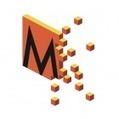















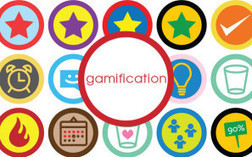
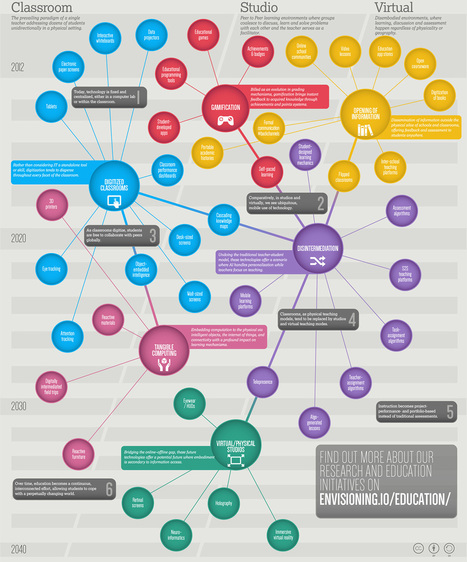

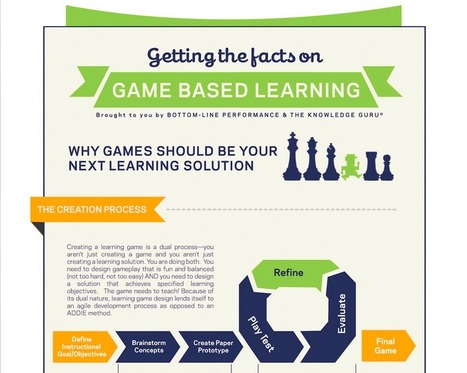

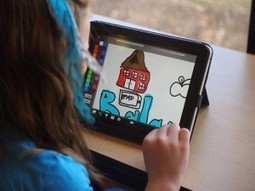

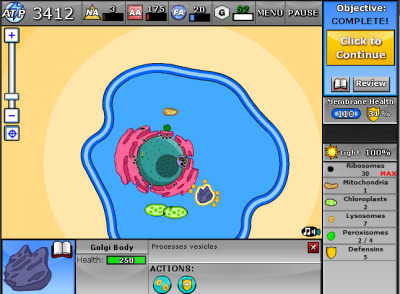
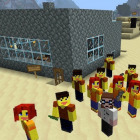
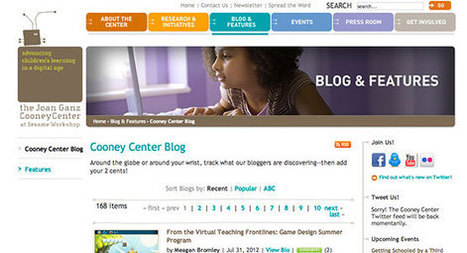






SH!FT has published a new post that looks at how one can meet social learning needs in an online environment. The post includes a link to a short video (~3 minutes) that looks at "the application of neuroscience to organizational development."
The six areas are also found in a face2face environment (although there may be students whom do not experience all of them).
To create a more effective eLearning course consider these areas as you design it:
1. Belonging to a group
2. Ability to express
3. Ability to compete
4. Ability to support and be supported by other learners
5. Ability to see what's being learned
6. Excitement about applying learning
More information is available on each of these concepts in the post.
Suggestions for how to meet these 6 social learning needs in your elearning course.